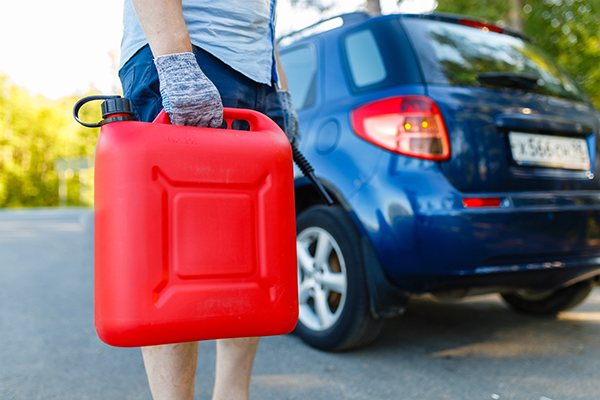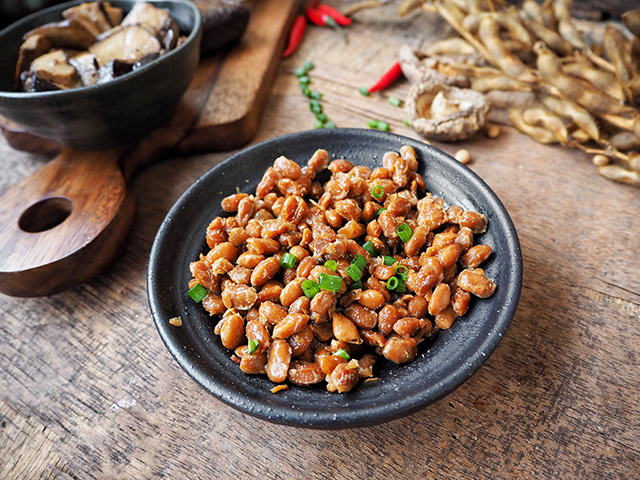
Choose a healthy diet
Opt for an eating plan that contains a variety of plant-based foods and healthy fats. Include a variety of fruits (apples, bananas, berries, dates, figs, melons, oranges, tomatoes), vegetables (broccoli, carrots, cucumbers, eggplant, leafy greens, peppers, squash, sweet potatoes), legumes (beans, chickpeas, lentils, peas, pulses), healthy fats (avocados, nuts, olives, seeds), fish and lean meats (skinless chicken and turkey), whole grains (brown rice, couscous, quinoa, whole oats, whole wheat bread, whole wheat pasta) and use healthy oils such as extra virgin olive oil.Exercise regularly and be more active
A study published in the journal Gene Expression: The Journal of Liver Research has proven both aerobic and resistance exercises as safe and effective therapeutic strategies against fatty liver disease. Regular exercise helps to burn triglycerides for fuel and can also reduce liver fat. In the liver, exercise increases fatty acid oxidation, decreases fatty acid synthesis and prevents mitochondrial and hepatocellular damage by reducing the release of damage-associated molecular patterns. (Related: Prevent fatty liver disease with exercise.)Maintain a healthy weight
For adults, a healthy weight is defined as the appropriate body weight in relation to height. Body mass index (BMI) is calculated from your height and weight and is a useful measure of being overweight and obese, according to the National Heart, Lung, and Blood Institute of the National Institutes of Health (NIH). To compute their BMI, adults can use a BMI calculator, by entering their height and body weight. BMI categories are as follows:- Underweight = less than 18.5 BMI
- Normal weight = 18.5 to 24.9 BMI
- Overweight = 25 to 29.9 BMI
- Obesity = BMI of 30 or greater
Protect your liver
You can be kind to your liver with the following tips. (Related: Treat non-alcoholic fatty liver disease naturally.)- Be careful about alcohol consumption. Just four ounces a day of hard liquor for men (two for women) can begin to scar your liver.
- Wash raw fruits (even if you don't plan to eat the peel) and vegetables. This is to remove any pesticide residue or remove bacteria that may be present.
- Prevent Hepatitis A, B and C. Wash your hands with soap and water often during these key times: before, during and after preparing food; before and after eating, caring for someone at home who is sick or treating a cut or wound; and after using the toilet, blowing your nose, coughing or sneezing, touching an animal, animal feed or animal waste, handling pet food or treats and touching garbage. Use a hand sanitizer with at least 60 percent alcohol to clean your hands if soap and water are not available.
- Consume more foods/beverages that have been proven by science to naturally keep your liver in optimal shape. These foods include beetroot juice, blueberries, cranberries, cruciferous vegetables (in addition to what has already been mentioned), grapefruit, grapes and prickly pear. (Related: Drink beetroot juice and enjoy these benefits.)
More related stories:
Glutathione helps fight fatty liver disease, reveals study. Quianggan: A promising TCM for treating non-alcoholic fatty liver disease. A compound in cottonseed oil can prevent fatty liver disease. Sources include: NCBI.NLM.NIH.gov IngentaConnect.com NHLBI.NIH.gov 1 NHLBI.NIH.gov 2 Wiley.com HopkinsMedicine.org Brighteon.comGreen tea, black tea and matcha tea suppress dioxin toxicity
By Lance D Johnson // Share
Prepping tips: How to recondition old gasoline
By Zoey Sky // Share
Seaweed found to accelerate excretion of dioxins from the body: STUDY
By Ethan Huff // Share
Top 7 addictions you MUST QUIT to become your greatest self
By Herbal Remedy Insider // Share
EXPERT: Nattokinase detoxifies covid spike proteins from the body
By Ethan Huff // Share
An invisible assault: How everyday heavy metals sabotage brain health
By willowt // Share
Pentagon warns of China's rapidly expanding nuclear arsenal
By kevinhughes // Share
FCC grounds new Chinese drones in sweeping security move
By avagrace // Share
The methylation switch: Scientists identify diet that can turn back the cellular clock
By jacobthomas // Share
Renaissance or Ruin: A wake-up call for cultural revival and self-sufficiency
By kevinhughes // Share
Weight loss in midlife may trigger brain inflammation, study finds
By avagrace // Share











